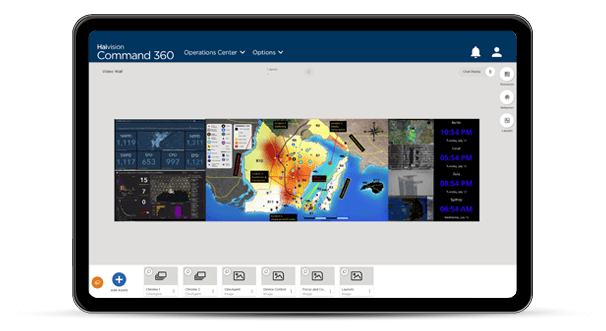Before purchasing a complex technical system, it is important to understand the Total Cost of Ownership (TCO) rather than just the initial cost. Gartner defines TCO as a “comprehensive assessment of information technology (IT) or other costs across enterprise boundaries over time, including hardware and software acquisition, management and support, communications, end-user expenses, along with the opportunity cost of downtime, training, and other productivity losses.”
The TCO of an operations center is usually dominated by operations costs (70-75%) vs capital acquisition cost. This imbalance is based on the fact that operation centers are traditionally designed as single-instance, stand-alone applications. These facilities are unable to leverage the efficiencies of standardized enterprise IT services. Additionally, they are often designed to be highly optimized to what the functional requirements are at the time of installation. While this may lower the initial costs it can result in significant investments down the road to meet changing requirements.
- AV Industry
- ByHaivision
- Posted
